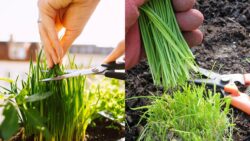One-Pot Garden Hack – Creating a small herb garden doesn’t have to take up much space or effort. By growing the right combination of herbs together in one pot, you can enjoy fresh flavors, strong aromas, and beautiful greenery right on your balcony or kitchen window. Let’s explore the perfect herb companions and how to grow them together successfully.
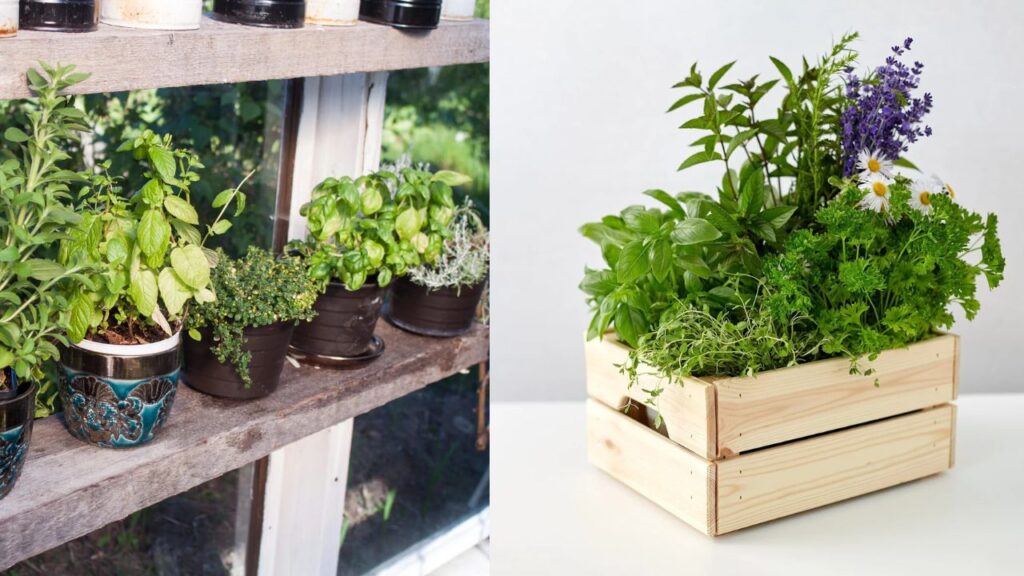
Why Companion Planting Works for Herbs
Companion planting means placing plants that benefit each other in the same pot or bed. Certain herbs grow better together because they share similar soil, light, and water needs. Plus, they help each other stay pest-free and more productive. Growing companion herbs saves time, improves yield, and looks beautiful in your home garden.
- Shared Nutrient Needs: Compatible herbs thrive in similar soil conditions.
- Pest Control: Some herbs naturally repel insects, protecting nearby plants.
- Stronger Growth: Mixing aromatic herbs enhances flavor and fragrance.
- Space Saving: One-pot combinations make small gardens efficient and decorative.
7 Best Herbs That Grow Perfectly Together
1. Basil and Parsley
Both herbs love moist, rich soil and partial sunlight. Basil improves the flavor of parsley and deters pests like aphids. They make an excellent pair for cooking—perfect for pasta, soups, and sauces.
2. Rosemary and Sage
These Mediterranean herbs prefer dry, well-draining soil and plenty of sunlight. When planted together, they stay healthy and promote each other’s growth without crowding. Both are drought-tolerant and ideal for sunny balconies.
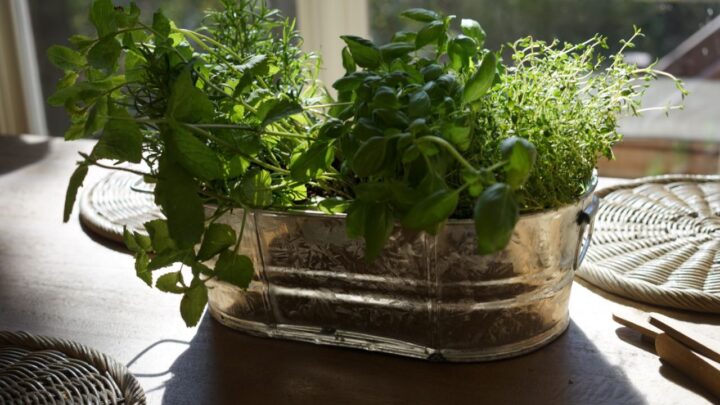
3. Thyme and Oregano
Thyme and oregano share similar needs and grow happily side by side. They both require minimal watering and lots of sunlight, making them perfect for low-maintenance gardeners. Their strong aromas also keep away harmful insects.
4. Mint and Lemon Balm
These two are from the same family and love moist conditions. However, because mint spreads aggressively, keeping both in a large pot ensures balance. Their refreshing aroma helps repel mosquitoes and other pests.
5. Chives and Cilantro
Chives enhance the flavor of cilantro and act as a natural insect repellent. They thrive in similar soil types and require moderate watering. This combo adds freshness to salads and garnishes.
6. Dill and Basil
Both herbs attract pollinators like bees while deterring garden pests. Dill grows tall while basil stays compact, creating a visually beautiful arrangement. They complement each other in flavor and fragrance.
7. Parsley and Chervil
These cool-season herbs like partial shade and consistent moisture. Growing them together ensures steady, lush growth throughout the year. Both are mild in flavor and excellent for seasoning soups and meats.
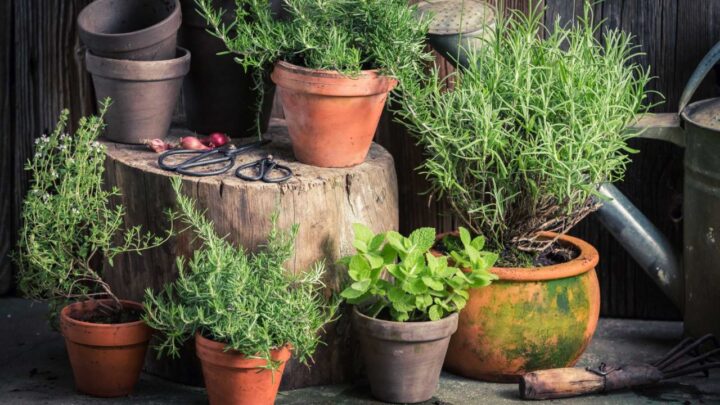
Step-by-Step Guide to Creating a One-Pot Herb Garden
- Step 1: Choose a Large Container
Pick a pot that’s at least 12–14 inches wide and has drainage holes. This ensures enough room for root growth and proper water flow.
- Step 2: Use High-Quality Potting Mix
Fill the pot with nutrient-rich, well-draining soil mixed with compost. Herbs thrive in loose soil that allows air circulation around the roots.
- Step 3: Plan Herb Placement
Group herbs with similar sunlight and water needs. For example, keep Mediterranean herbs together and separate moisture-loving herbs into another pot.
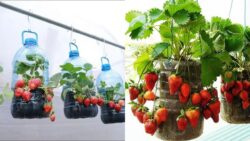 Transform Plastic Bottles Into a Tower Garden – 3-Story Strawberry DIY Every Home Grower Must Try
Transform Plastic Bottles Into a Tower Garden – 3-Story Strawberry DIY Every Home Grower Must Try
- Step 4: Plant and Water Properly
Gently remove herbs from their nursery pots and space them evenly. Water thoroughly after planting, ensuring the soil stays moist but not soggy.
- Step 5: Provide Sunlight and Prune Regularly
Place the pot in a spot that gets 5–6 hours of sunlight daily. Trim herbs often to encourage bushier growth and prevent overcrowding.
- Step 6: Feed Naturally
Use organic fertilizers or compost tea every few weeks to keep herbs healthy. Avoid chemical fertilizers that can affect taste and aroma.
Extra Tips for Healthy Herb Growth
- Rotate pots occasionally for even sunlight exposure.
- Harvest herbs regularly to promote new growth.
- Use mulch to retain soil moisture during hot weather.
- Avoid planting aggressive herbs like mint with delicate ones.
- Water early in the morning to prevent leaf diseases.
FAQs
Which herbs should not be planted together?
Avoid planting mint with delicate herbs like parsley or cilantro, as mint can overtake their space and nutrients.
How often should I water mixed herbs?
Most herbs prefer slightly moist soil. Water 2–3 times per week, depending on weather and soil drainage.
Can I grow herbs indoors?
Yes! Many herbs thrive indoors if placed near a sunny window that receives 4–6 hours of light daily.
Do herbs need fertilizer?
A light feeding with organic compost or liquid fertilizer every few weeks helps maintain strong and flavorful growth.
Growing a one-pot herb garden is one of the most rewarding and space-saving ways to enjoy fresh flavors at home. With the right herb combinations and a little care, you’ll have a thriving garden full of color, fragrance, and taste all year round. Start today, and let your kitchen come alive with homegrown freshness!

